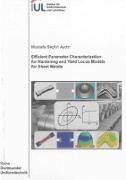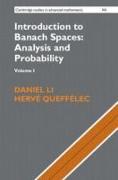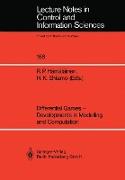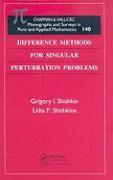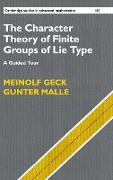- Start
- Efficient Parameter Characterization for Hardening and Yield Locus Models for Sheet Metals
Efficient Parameter Characterization for Hardening and Yield Locus Models for Sheet Metals
Angebote / Angebote:
Various mechanical tests performed under different loading conditions such as, biaxial stretching, tensile, shear, plane strain etc. are proposed to calibrate advanced constitutive models. Except for uniaxial tensile tests, these testing techniques are either expensive to be conducted or cumbersome to be evaluated. Furthermore, accuracy of these non-standardized tests is not guaranteed. This thesis presents three inverse identification concepts ensuring material characterization by necessitating simple tests conducted either solely on an ordinary tensile test machine or both on standard tensile and sheet metal testing devices. In this manner, the desired simulation quality is maintained in an economical manner by means of testing devices available in many industrial laboratories.
In this dissertation, first of all, material characteristics of several steel grades from mild, high strength and advanced high strength categories were investigated with regard to rate dependency, hardening and yield locus shape by means of monotonic mechanical tests. Conducting uniaxial tensile tests with different machine speeds, a concept to model the impact of strain rates is proposed and implemented in user models incorporating Yld2000-2d (Barlat et al., 2003) and Yld2004-18p (Barlat et al., 2005) yield criteria. Shape evolution of yield locus in equi-biaxial, uniaxial and shear stress states is analyzed via cruciform, hydraulic bulge, uniaxial tensile and shear tests. According to this study, it has been deduced that there is almost no evolution of yield locus shape after roughly an equivalent plastic strain of 0.04, implying the feasibility of isotropic hardening beyond the mentioned amount of deformation. Performing numerical simulations for a cup drawing test of a mild steel grade, it has been shown that a locus shape fitted at a deformation exceeding an equivalent plastic strain of 0.04 can be representative for the whole deformation history without regarding the initially emerging distortion. The applicability of isotropic hardening beyond an equivalent plastic strain of 0.04 implies also a constant ratio between the stresses of multiaxial and uniaxial locus domains for deformations higher than 0.04. Classifying the employed steel grades of this thesis as low and high r-value materials, balanced biaxial stresses are correlated with uniaxial tensile flow stresses by means of a constant factor for each of two steel classes separately. Consequently, an approach allowing approximation of equi-biaxial yield strength without necessitating conventional biaxial tensile tests has been introduced.
Three inverse methods based on the findings of this study with regard to strain rates, hardening and yield locus shape are proposed to determine constitutive parameters of advanced phenomenological models. The first methodology enables extrapolation of the uniaxial tensile flow curve for strains beyond the material specific uniform elongation using only uniaxial tensile test data. Strain rate modeling is an important issue when applying this technique. The second method requires cup drawing and uniaxial tensile tests to fit yield loci like Yld2000-2d (Barlat et al., 2003) including totally nine material coefficients. Through major strains measured on a cup drawn via a hemi-spherical punch, equi-biaxial, plane strain and shear stress zones of a yield locus are optimized. The third method can also be employed for 9-parameter yield loci by exploiting uniaxial tensile and plane strain tension tests. In this case, equi-biaxial flow stress is approximated from the uniaxial tensile hardening curve in terms of the correlations accepted for low and high r-value steels. The applicability of these three methods is investigated by means of several academic tests and a praxis-oriented side panel stamping. In conclusion, obtained results were promising and universality of the developed methodologies is proved.
Libri-Titel folgt in ca. 2 Arbeitstagen
